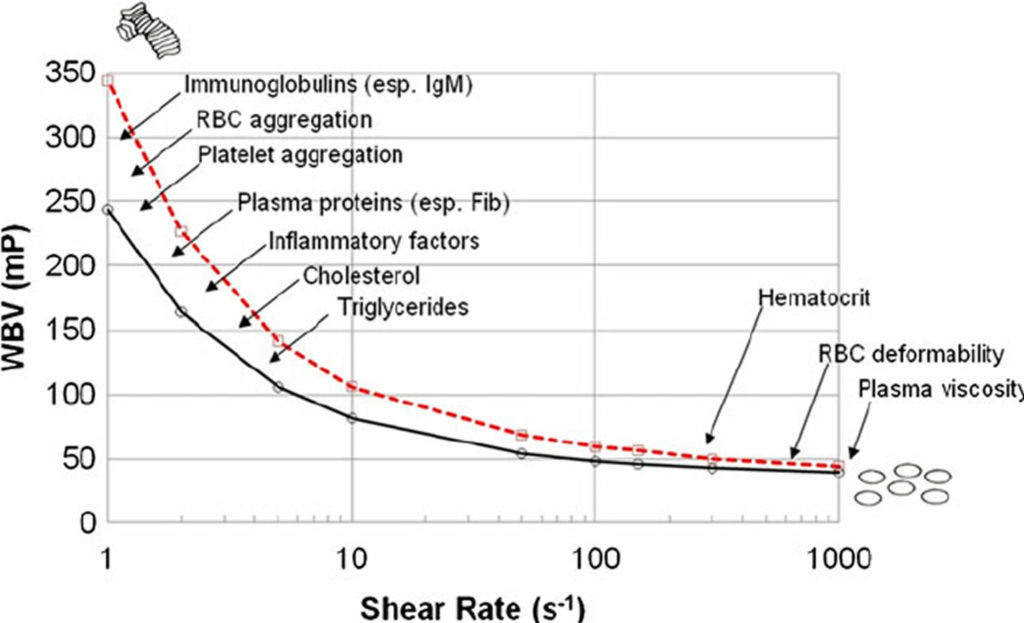
While mixing is flow-driven, dispersion is a shear-driven process. a method to cause separate ingredients otherwise independent from one another to interface as a result of an external force. However, mixing employs a “flow-driven” process through which two or more liquids are combined, and an additional soluble solid can be dissolved. Mixing is very similar to dispersion, since they both involve the blending of materials together. These ingredients are usually fed into a rotating impeller through its trailing edge. Whether you’re mixing high viscosity substances, low viscosity liquids, or a combination of the two, mixing involves the systematic creation of a single material by intermingling two or more different individual ingredients or particles. A liquid with a high internal resistance to flow (like honey) has a high viscosity, while a liquid with a low internal resistance to flow (like room temperature water) is classified as a low viscosity fluid. How can we tell the difference between high viscosity and low viscosity liquids? A material’s viscosity is a measure of its resistance to flow. Start with the basics: high viscosity liquids vs. However, before you get started, here are a few key points to keep in mind. The good news? Hockmeyer’s line of mixing and dispersing equipment has a well-deserved reputation for excellent performance and reliability thanks to our decades of experience in the industry, and our machines will help you to get the job done. This goal is typically easily achieved in low viscosity materials, but when combining these substances with highly viscous materials, or mixing high viscosity fluids on their own, it can be a challenge to reach your desired level of uniformity. When you’re blending liquids of both high and low viscosities, your desired end result is usually a uniform, well-blended mixture. It is suggested that viscosity is roughly measured by how long it takes the treacle to flow from one end of a boiling tube to the other.Industry Information Key Points to Know When Mixing and Dispersing High and Low Viscosity Fluids The "Treacle Test" experiment is designed to enable students to investigate how temperature, volatiles and crystals may affect viscosity. A “crystal mush” will clearly have increased viscosity. Again, this applies particularly to the cooler, more viscous magmas typical of destructive plate margins. Some magmas have already begun to crystallise by the time they reach the surface. The release of gas during eruption is particularly likely to be explosive if the magma is both viscous (as gas is released, so viscosity is immediately increased) and volatile rich. A high volatile content decreases viscosity (like adding water to treacle), and is probably the main factor in enabling some highly viscous (but also volatile-rich) melts to reach the surface at all. Magmas formed by melting of mantle rocks have generally low volatile contents, but those formed by partial melting of crustal rocks are often volatile-rich.

Magma invariably contains small amounts of dissolved gas (water, CO 2 etc) which is released as pressure is removed. Rhyolites may reach the surface at temperatures of less than 900 oC, and so have much higher viscosity.

Not surprisingly, magmas formed by partial melting of mantle rocks are much hotter – well over 1200 oC for some Hawaiian basalts – than is the case for crustally derived melts.

Magma temperatures reflect the melting points of their mineral components. These magmas erupt as basalts or intrude as gabbro, and are far less viscous. Low-silica magmas are typically formed by partial melting of mantle rocks beneath mid-ccean ridges or at “hot spots” like Hawaii. The more extensive silicate chain molecules render these magmas highly viscous, so when eruption occurs it is usually explosive (e.g. Such magmas erupt as andesites and rhyolites or are intruded as granite masses. Silicate-rich magmas are typically formed at destructive plate boundaries, by partial melting and/or assimilation of crustal rocks (which are richer in silica than the rock of the mantle). The nature of volcanic eruptions is highly dependent on magma viscosity and also on dissolved gas content.


 0 kommentar(er)
0 kommentar(er)
